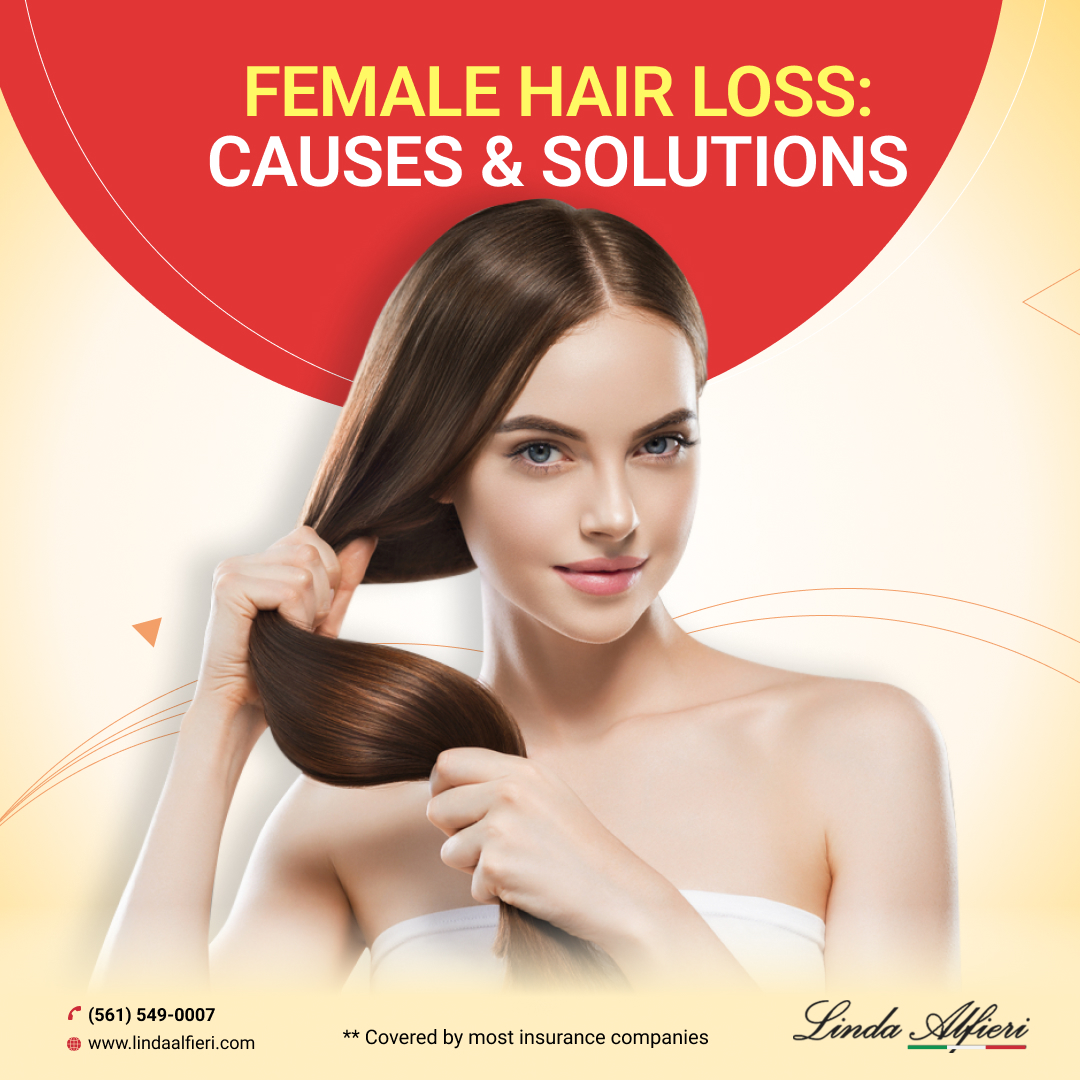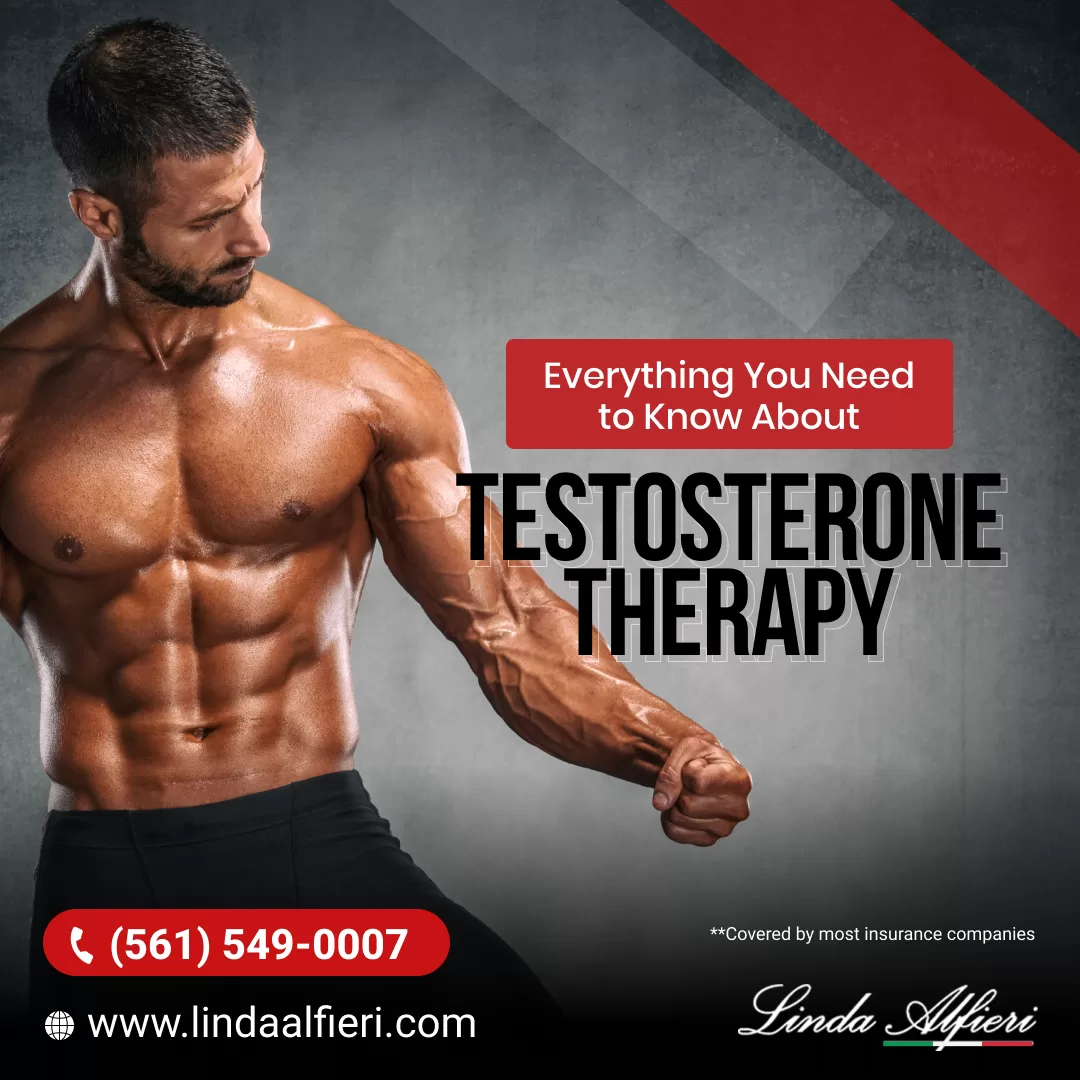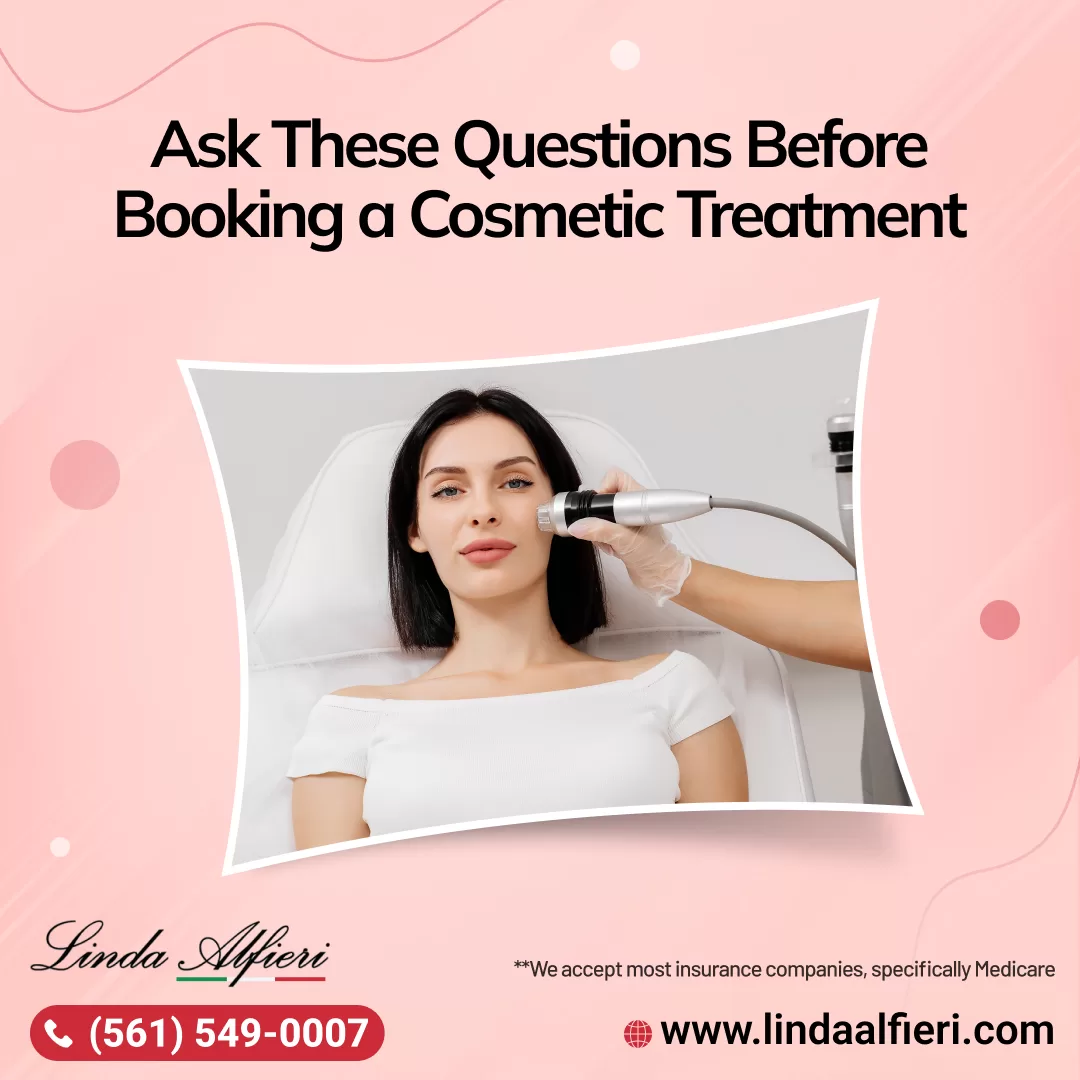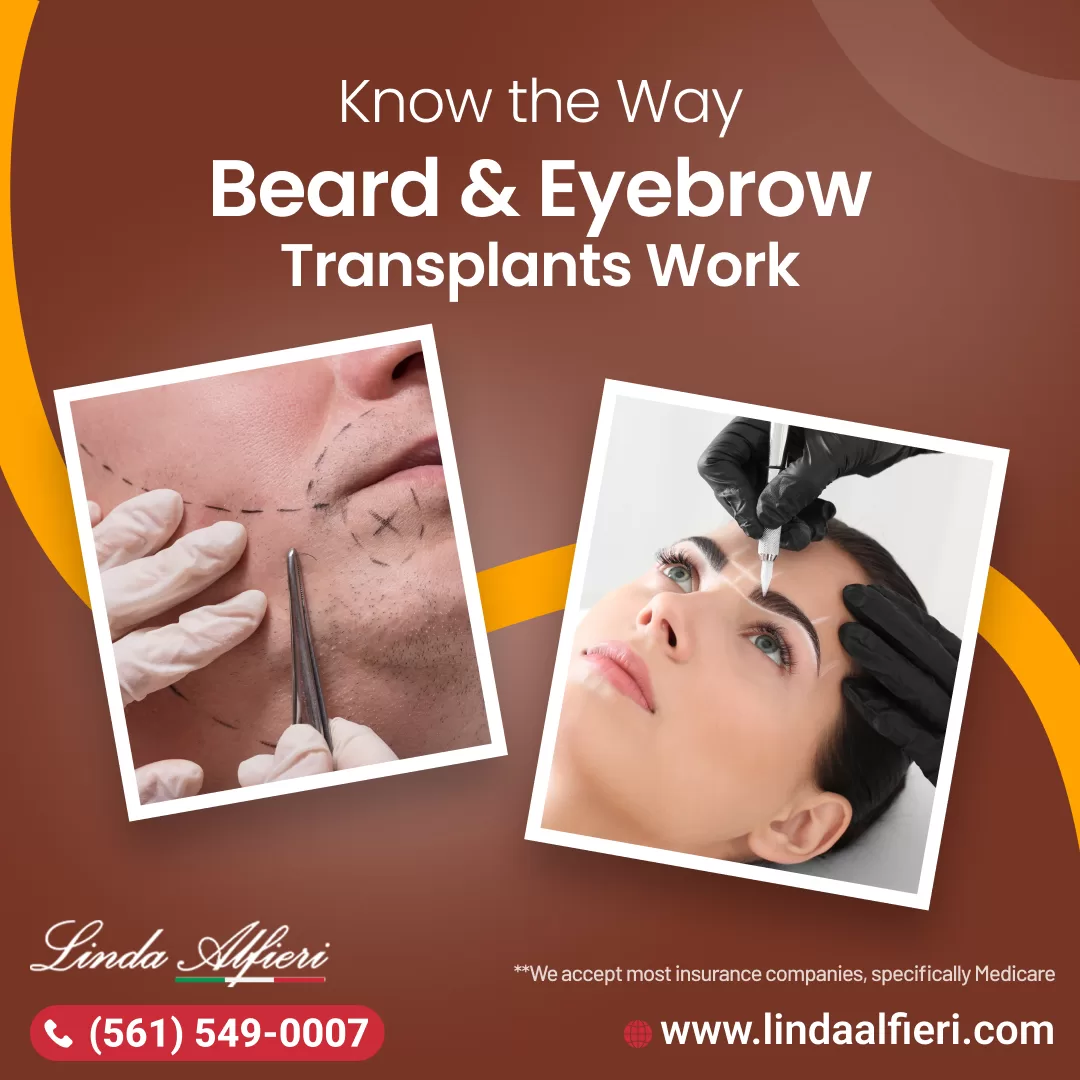485 Views Oct 12 admin
Although it’s common to refer to a woman’s hair as her “crowning glory,” many women find that experiencing actual hair loss may be upsetting and emotionally exhausting. The issue of female hair loss, which can be caused by a number of circumstances, is prevalent yet sometimes misunderstood. To help women restore their confidence and luscious locks, we will examine the reasons for female hair loss in this thorough guide and examine cutting-edge therapy alternatives like PRP hair treatment and hair transplant.
Understanding Female Hair Loss Causes
#1. Hormone Disturbances
Any hormonal imbalances might cause hair loss in women because hormones are essential for controlling hair development. Menopause, thyroid issues, and conditions like polycystic ovarian syndrome (PCOS) can all disturb the delicate hormonal balance in the body, causing hair thinning and shedding.
#2. Genetics
Female hair loss is significantly influenced by genetics as well. You may be more likely to acquire this disorder if hair loss runs in your family. Female pattern baldness, also known as androgenetic alopecia, is a hereditary type of hair loss that affects women.
3. Lifestyle and Stress Factors
Hair loss can be exacerbated by persistent stress, poor nutritional choices, and poor lifestyle habits. Telogen effluvium, a condition where hair prematurely enters the resting phase and causes excessive shedding, is a common manifestation of stress-induced hair loss.
4. Health Conditions and Drugs
As a side effect, some medical disorders and drugs can cause hair loss. For instance, chemotherapy is well known for causing hair loss, but alopecia areata and lupus can also cause thinning hair.
5. Scalp Infections
Women frequently experience hair loss due to severe acne or scalp diseases like ringworm. Scaly patches are a result of a fungal infection known as ringworm, which affects the scalp. It might itch or hurt. Hair follicles become brittle and break off as a result of a fungal infection, which causes hair loss. In some cases, it might result in permanent hair loss if the hair follicles are irreparably injured.
6. Trichomatosis
It is a mental illness that makes a person feel the overwhelming need to pull off their hair, which frequently causes observable hair loss. Compared to men, women are more prone to experience trichotillomania. Hair that has such a condition may be thin, spotty, or uneven.
Modern Methods of Treating Female Hair Loss
Hair Transplant
Female hair loss can be treated with the highly efficient surgical surgery known as hair transplantation. Healthy hair follicles are removed from a donor location (usually the back or sides of the head) and inserted into the balding or thinning areas during a hair transplant. A natural and long-lasting solution is offered by this treatment, which enables the redistribution of healthy, existing hair follicles to regions that need them the most.
Advantages of hair transplantation
- Permanent Results: Natural hair growth continues after transplantation.
- Natural Appearance: The transplanted hair looks very natural since it fuses with the surrounding hair.
- Minimal Downtime: The majority of patients can resume their normal activities in a few days.
PRP Hair Treatment
Women who are experiencing hair loss have a non-surgical option called platelet-rich plasma (PRP) hair therapy. This ground-breaking technique uses the blood of the patient to boost hair follicle growth by harnessing its healing abilities. The PRP is separated from a small sample of the patient’s blood and injected into the scalp. Growth factors found in PRP encourage hair renewal and enhance the condition of the scalp as a whole.
PRP Hair Treatment Benefits:
- Non-invasive: Because PRP is made from the patient’s blood, there is no possibility of an allergic reaction.
- Safe and Natural: PRP supports the body’s natural healing processes safely and naturally.
- Minimal Discomfort: Patients may experience mild discomfort during the injections, but it is generally well-tolerated.
Selecting the Best Treatment
A skilled medical practitioner must do a complete evaluation before recommending the best course of treatment for female hair loss. The underlying cause, the degree of hair loss, and personal preferences must all be taken into account. To choose the best course of treatment, speaking with a dermatologist or hair restoration expert is crucial.
Conclusion
In conclusion, dealing with female hair loss can be difficult, but it is not impossible. Understanding the underlying reasons for hair loss and researching cutting-edge procedures like hair transplants and PRP hair therapy can give women who are suffering from this problem hope and restoration. Whether you choose a non-invasive strategy or a surgical one, the key to restoring your self-assurance and lustrous hair is consulting with skilled medical experts who can create a treatment plan specifically for your requirements. Never forget that there are practical remedies available to help you regain your lovely, healthy hair.
You don’t have to deal with hair loss for your whole life and solve it permanently. If you are looking for a reliable, and effective hair transplant in Miami, you can get in touch with https://www.lindaalfieri.com/.












